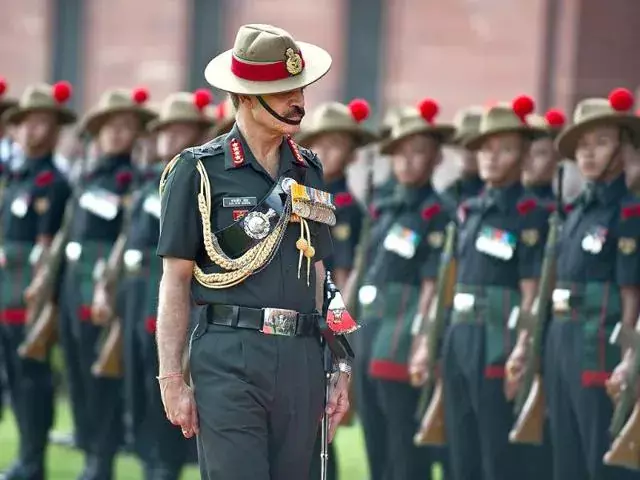
Eligibility Criteria
Age Limit : Applicants age must be between 16 ½ -19 ½ Years. See more details in notification.
Educational Qualifications:
- For Army wing of National Defence Academy: 12th Class pass of the 10+2 pattern of School Education or equivalent examination conducted by a State Education Board or a University.
- For Air Force and Naval Wings of National Defence Academy and the 10+2 Cadet Entry Scheme at the Indian Naval Academy: 12th Class pass of the 10+2 pattern of School Education or equivalent with Physics and Mathematics conducted by a State Education Board or a University.
Candidates who are appearing in the 12th Class under 10+2 Pattern of School Education or equivalent examination can also apply for this examination.
How to Apply:
- Put the following web address in browser- upsconline.nic.in (UPSC Official Website).
Selection Process:
- Writer Exam
- SSB Selection Test
- Medical Examination
Written Exam:
The National Defence Academy written exam is divided into 2 parts:
- Mathematics (300 Marks)
- General Ability (600 marks)
- English
- General Knowledge
- Physics
- Chemistry
- General Science
- History
- Geography
- Current Affair
Thus, in total, written exam carry 900 marks.
SSB Round
Once the candidate qualifies the written exam, the candidate has to go through the SSB round that includes – basic intelligence test, psychological test, Group testing, general Conference. This is an extensive test that is scheduled for 5 days.
Medical Test
After qualifying SSB round, the candidate has to appear for a medical test. Once the candidate quality the medical test, he is declared as a passing candidate by Union Public Service Commission. The whole list of passing candidates is published on the website of UPSC.

